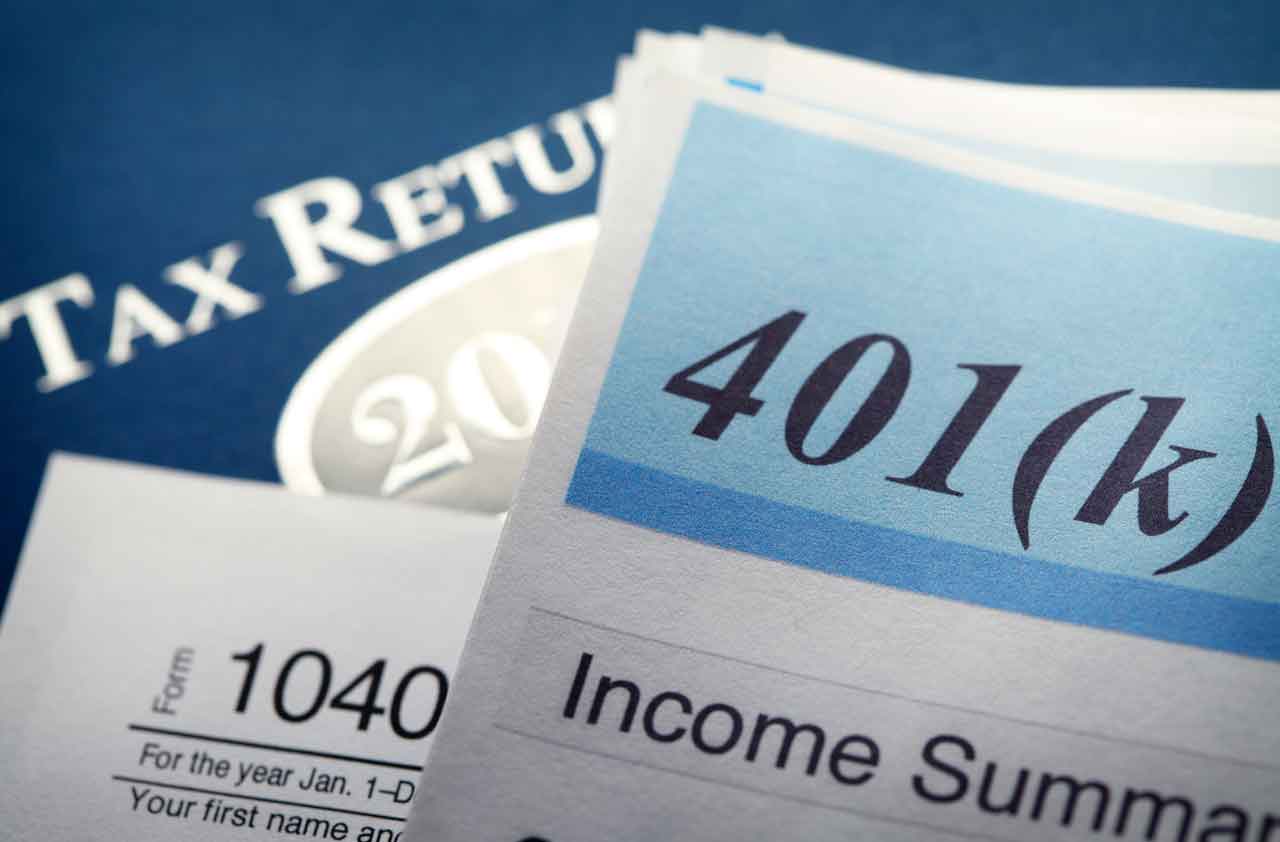Stable Funds for Volatile Times
Stable-value funds are a lot less risky than stocks, but be a little skeptical in this market of any promise of 100% stability.

In my 401(k) plan, I have money in Promark Income fund, a stable-value fund. How risky is this type of fund? Also, is this a good substitute for some of the bond portion in a diversified portfolio?
Stable-value funds sure are a lot less risky than being in the stock market. And so far, they've done a great job of maintaining their stability. David Babbel, coauthor of a study on these funds, says none has ever experienced a decline in value.
Promark Income fund, run by General Motors Asset Management, returned 5.1% over the past year through September 30 and an annualized 5.6% since its inception on December 31, 1998. A spokesman says the fund invests in a full spectrum of fixed-income instruments, including money-market funds and corporate bonds. As with all stable-value funds, principal is guaranteed by a "wrapper" from an insurance company. In this specific case, three double-A-rated insurers guarantee the fund's value.

Sign up for Kiplinger’s Free E-Newsletters
Profit and prosper with the best of expert advice on investing, taxes, retirement, personal finance and more - straight to your e-mail.
Profit and prosper with the best of expert advice - straight to your e-mail.
Babbel says three safeguards "act as a pretty good safety net to keep stable-value stable": the funds' own investment guidelines, the accounting standards the funds use, and the insurance company's credit-quality requirements.
Babbel's study, which examined these funds from their inception in 1989 through 2007, found that they typically outperformed money-market funds and intermediate-term government-bond funds while delivering a guaranteed quarterly return. So you could use Promark Income for a portion of your bond investments. Keep in mind, though, that with global financial markets in turmoil, any promise of 100% stability has to be taken with at least a tiny bit of skepticism.
Get Kiplinger Today newsletter — free
Profit and prosper with the best of Kiplinger's advice on investing, taxes, retirement, personal finance and much more. Delivered daily. Enter your email in the box and click Sign Me Up.

As the "Ask Kim" columnist for Kiplinger's Personal Finance, Lankford receives hundreds of personal finance questions from readers every month. She is the author of Rescue Your Financial Life (McGraw-Hill, 2003), The Insurance Maze: How You Can Save Money on Insurance -- and Still Get the Coverage You Need (Kaplan, 2006), Kiplinger's Ask Kim for Money Smart Solutions (Kaplan, 2007) and The Kiplinger/BBB Personal Finance Guide for Military Families. She is frequently featured as a financial expert on television and radio, including NBC's Today Show, CNN, CNBC and National Public Radio.
-
 Stock Market Today: Stocks Gain on Tech, Auto Tariff Talk
Stock Market Today: Stocks Gain on Tech, Auto Tariff TalkThe Trump administration said late Friday that it will temporarily halt tariffs on some Chinese tech imports.
By Karee Venema
-
 Sam's Club Plans Aggressive Expansion: Discover Its New Locations
Sam's Club Plans Aggressive Expansion: Discover Its New LocationsSam's Club expansion plans will open up to 15 new stores each year. Learn where they plan to open in 2025.
By Sean Jackson
-
 It’s Not Too Late to Boost Retirement Savings for 2018
It’s Not Too Late to Boost Retirement Savings for 2018retirement Some retirement accounts will accept contributions for 2018 up until the April tax deadline.
By Kimberly Lankford
-
 Making the Most of a Health Savings Account Once You Turn Age 65
Making the Most of a Health Savings Account Once You Turn Age 65Making Your Money Last You’ll face a stiff penalty and taxes if you tap your health savings account for non-medical expenses before the age of 65. After that, the rules change.
By Kimberly Lankford
-
 Using a 529 Plan for High School
Using a 529 Plan for High School529 Plans You’re now able to withdraw up to $10,000 tax-free from a 529 plan each year for K-12 tuition.
By Kimberly Lankford
-
 Reporting Charitable IRA Distributions on Tax Returns Can Be Confusing
Reporting Charitable IRA Distributions on Tax Returns Can Be ConfusingIRAs Taxpayers need to be careful when reporting charitable gifts from their IRA on their tax returns, or they may end up overpaying Uncle Sam.
By Kimberly Lankford
-
 Ex-Workers Get More Time to Repay 401(k) Loans
Ex-Workers Get More Time to Repay 401(k) Loans401(k)s If you leave your job while you have an outstanding 401(k) loan, Uncle Sam now gives you extra time to repay it -- thanks to the new tax law.
By Kimberly Lankford
-
 The 11 Most Valuable Personal-Finance Lessons of 2018
The 11 Most Valuable Personal-Finance Lessons of 2018Financial Planning How to reduce taxes and medical bills, help the next generation save for retirement and protect against identity theft were some of the issues on readers’ minds in 2018.
By Kimberly Lankford
-
 The Rules for Making a Tax-Free Donation from an IRA
The Rules for Making a Tax-Free Donation from an IRAIRAs Making tax-free gifts to charity from an IRA is gaining in popularity among older investors, thanks to changes under the new tax law. Here’s what you need to know to make a qualified charitable distribution.
By Kimberly Lankford
-
 New Rules on Capital Gains
New Rules on Capital Gainsinvesting Rates didn’t change, but they’re pegged to your income instead of your tax bracket.
By Kimberly Lankford